Fake news articles shared online by your friends and relatives could have serious effects in an offline world. Recently, a North Carolina man opened fire in a popular Washington, DC pizza restaurant, saying he was personally investigating a fake news story he believed to be true. The fabricated article claimed there was a child sex ring operating inside Comet Ping Pong, managed by Democratic presidential candidate Hillary Clinton and her campaign chair John Podesta.
Social media experts note that fake news could have influenced this year’s presidential election. The top 20 fake news stories on Facebook received significantly more traction than the top 20 news articles by established news organizations. According to a BuzzFeed analysis, 75 percent of U.S. adults are fooled by these fake news headlines and according to Pew Research, 20 percent of social media users report changing their political stance due to material on social media. With 62 percent of Americans using social media as a news source, there is a potential for a significant number of voters basing their political decisions on false headlines. BuzzFeed Canada Editor Craig Silverman has been studying the fake news phenomenon for over decade. He sits down with Soledad O’Brien to explain the business models that promote misinformation and the difficulties of combating fake news.
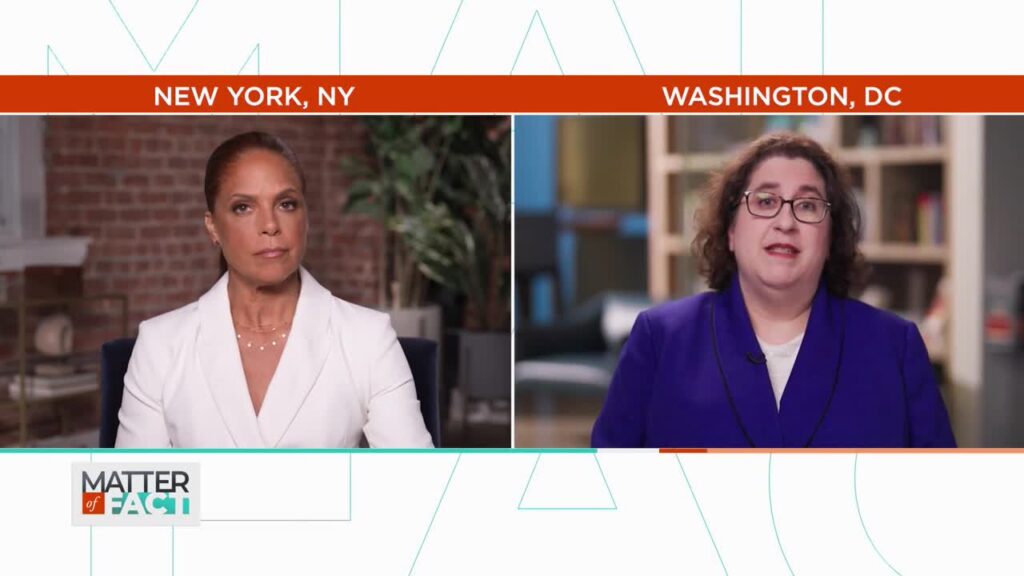
How the Immigration Crackdown is Impacting Children
May 4, 2025How the Immigration Crackdown is Impacting Children
May 4, 2025During his campaign, President Donald Trump promised a crackdown on immigration. In his fi...
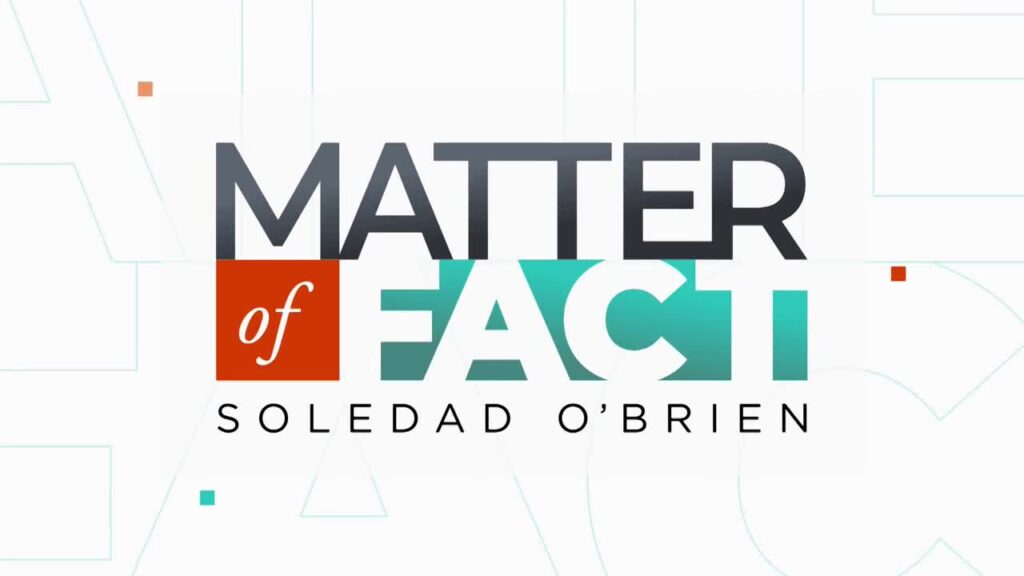
MAY 3, 2025
May 4, 2025MAY 3, 2025
May 4, 2025This week Matter of Fact travels to Oregon where fire officials are working to prepare res...
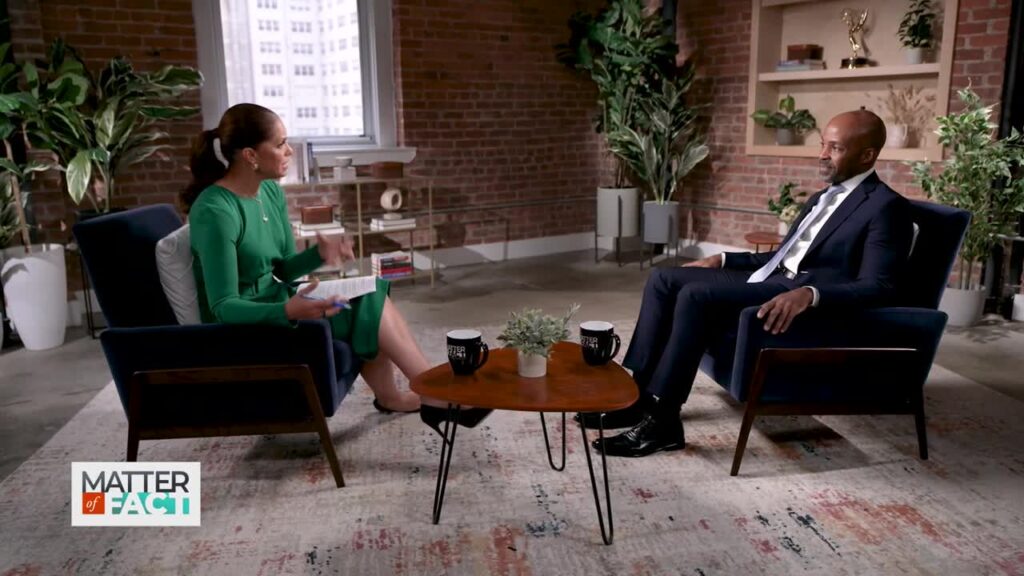
Examining the Economic Impacts of DEI
February 9, 2025Examining the Economic Impacts of DEI
February 9, 2025On his first day in office, President Donald Trump signed the “Ending Radical and Wasteful...

FEBRUARY 8, 2025
February 9, 2025FEBRUARY 8, 2025
February 9, 2025This week Matter of Fact looks at how ending DEI programs impacts companies and their empl...
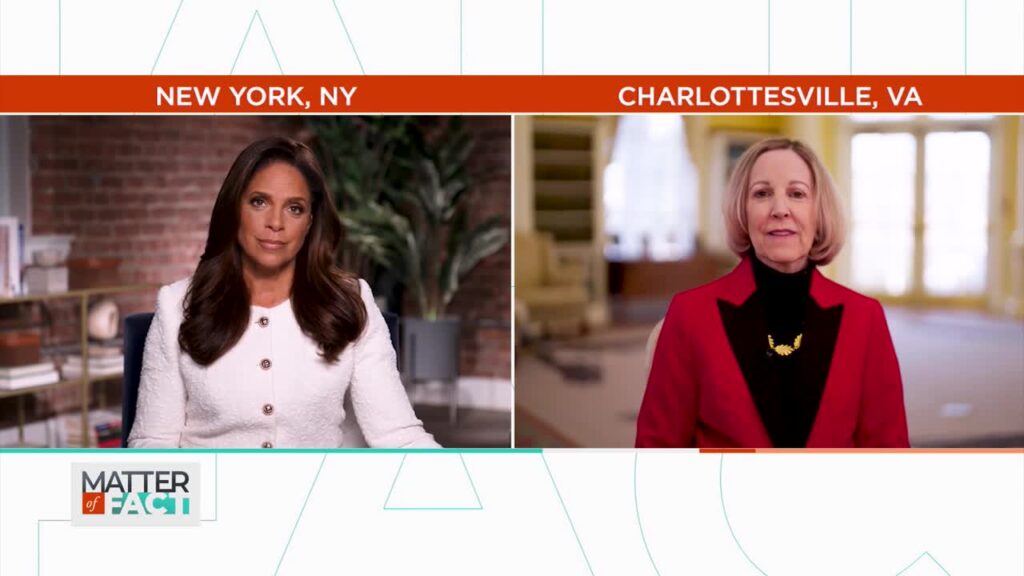
How a President’s Inaugural Address Sets the Tone for Their Term
January 19, 2025How a President’s Inaugural Address Sets the Tone for Their Term
January 19, 2025On April 30, 1789, George Washington delivered the first inaugural address. As leader of a...
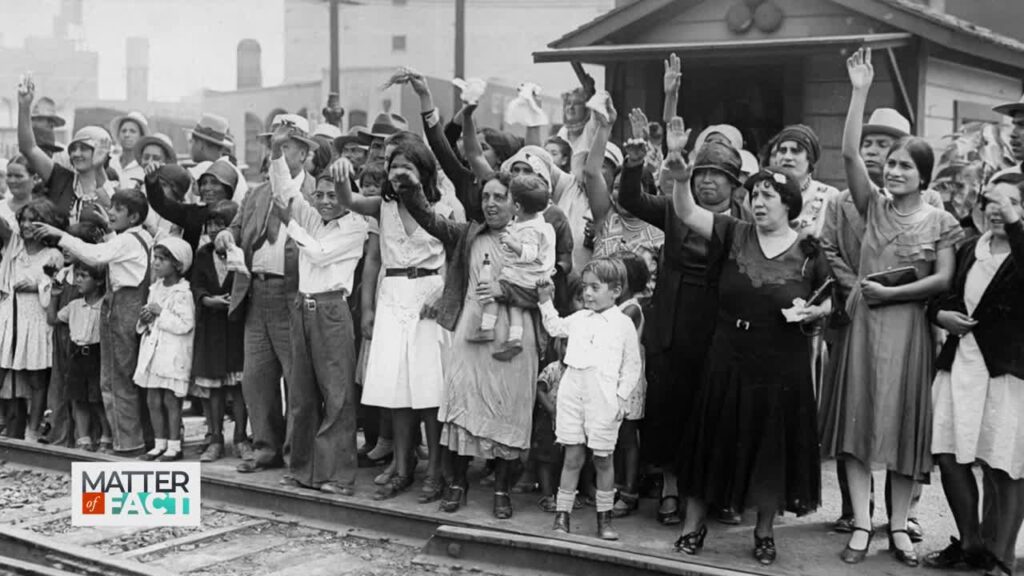
What History Tells Us About the Economic Impact of Mass Deportations
January 19, 2025What History Tells Us About the Economic Impact of Mass Deportations
January 19, 2025President-elect Donald Trump plans to sign a slate of executive orders on his first day ba...

JANUARY 18, 2025
January 19, 2025JANUARY 18, 2025
January 19, 2025This week Matter of Fact examines why mass deportations in history took a toll the nation’...

Conservative Environmentalists Look for a Middle Ground
November 24, 2024Conservative Environmentalists Look for a Middle Ground
November 24, 2024President-elect Donald Trump is outlining his energy and environmental policy. Some of his...